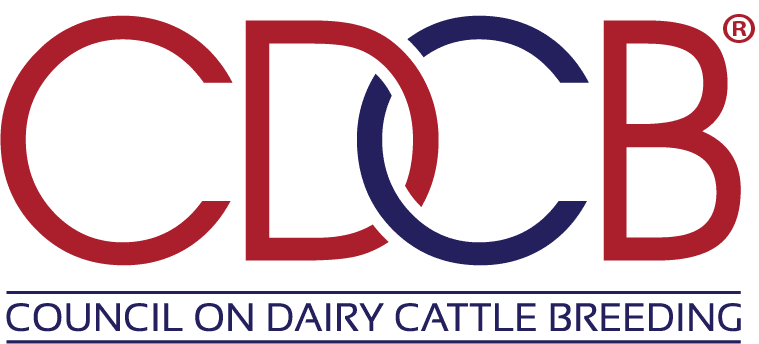Team Takeaways from Genetic Diversity Conference
Written by CDCB
May 12, 2022
CDCB Connection asked for takeaways from the CDCB team members who participated in the ADSA conference on Genetic Diversity.
- Fiona Guinan, former intern and current Ph.D. student
- Rodrigo Mota, Ph.D., Applied Geneticist
- Duane Norman, Ph.D., Technical Advisor and Industry Liaison
- Kristen Parker Gaddis, Ph.D., Geneticist
We asked the CDCB team that attended: What were your takeaways from the conference?
- Inbreeding should not simply be considered a bad thing.
- Without selection, which brings along inbreeding, our industry would not be providing the quality dairy foods available today at a reasonable price.
- It is still undetermined if our current levels of inbreeding should be a focus of extreme concern.
- Genetic trends do not indicate that inbreeding is a concern, and currently the genetic gain outweighs the effects of inbreeding depression for most traits.
- There is more research that we need to do as an industry to better understand inbreeding, its impacts, and how to best manage it.
- The definition of inbreeding could be redefined, and potentially re-evaluated on a national level to determine if we have a problem or not. Further research is required for the effects of inbreeding depression in the genomic selection era.
- Some crossing between breeds helps to keep the increase at a lower rate.
- Inbreeding is a topic that affects the whole dairy industry – academia, government, breeding companies, producers, dairy processors, and consumers.
What presentations were most thought-provoking?
- Genetic Diversity, Inbreeding and the Prisoners’ dilemma by Douglas Gollin of Oxford University. It was thought-provoking to have the fresh perspective of an economist at a dairy genetic diversity conference. Golin touched on the social concern (cost) of inbreeding and the importance of the consumer in communications regarding inbreeding. He described why we (in the dairy industry) may not all agree on the same solution and emphasized that the collaborative structure may be to our benefit in addressing inbreeding.
- John Cole’s presentation, A New Look at Genetic Evaluation, was for me the most thought-provoking presentation. John delivered knowledge from so many years with USDA and now in the industry.
- Christian Maltecca (Inbreeding Status and Trends Among North America Dairy Breeds) and Christine Baes (Assessment of genetic diversity in Canadian Holsteins) presented very good summaries of the inbreeding status in the U.S. and Canada, suggesting the opportunity to act.
- Several presentations referenced research results that take a closer look at genetic diversity and alternative definitions of inbreeding. Several groups are providing groundwork for research that needs to be done.
Click here for presenters’ summaries of their topic.
What do you see as the most effective opportunities to manage genetic diversity?
- One “low-hanging fruit” is to examine the current measures of inbreeding – and possible new measures – to determine what the best measure is. Perhaps we can more accurately account for inbreeding and its effects. For example, a measure that accounts for old or ancient inbreeding compared to more recent inbreeding, where recent inbreeding may have increased detrimental effects.
- Redefine inbreeding alongside the evolution of dairy production. There are technologies available to understand more about inbreeding levels at different regions of the genome, and this research is ongoing.
- In the future, the addition of new traits in selection indexes will be another opportunity to manage genetic diversity.
Provide new information that enables the industry to know how many sons of a sire are being placed into A.I. service. This information could help reduce the rate of increase of inbreeding in the population.
